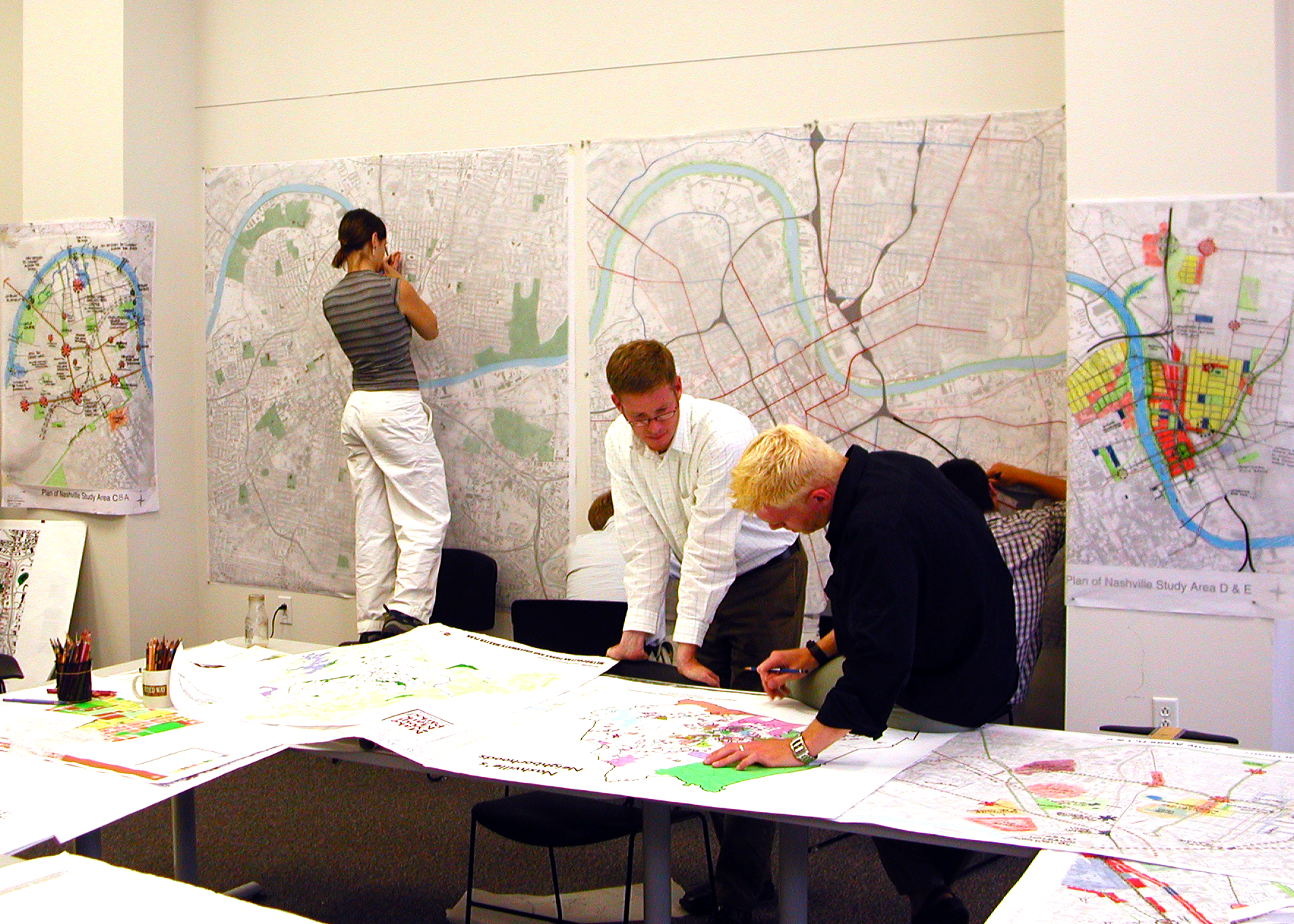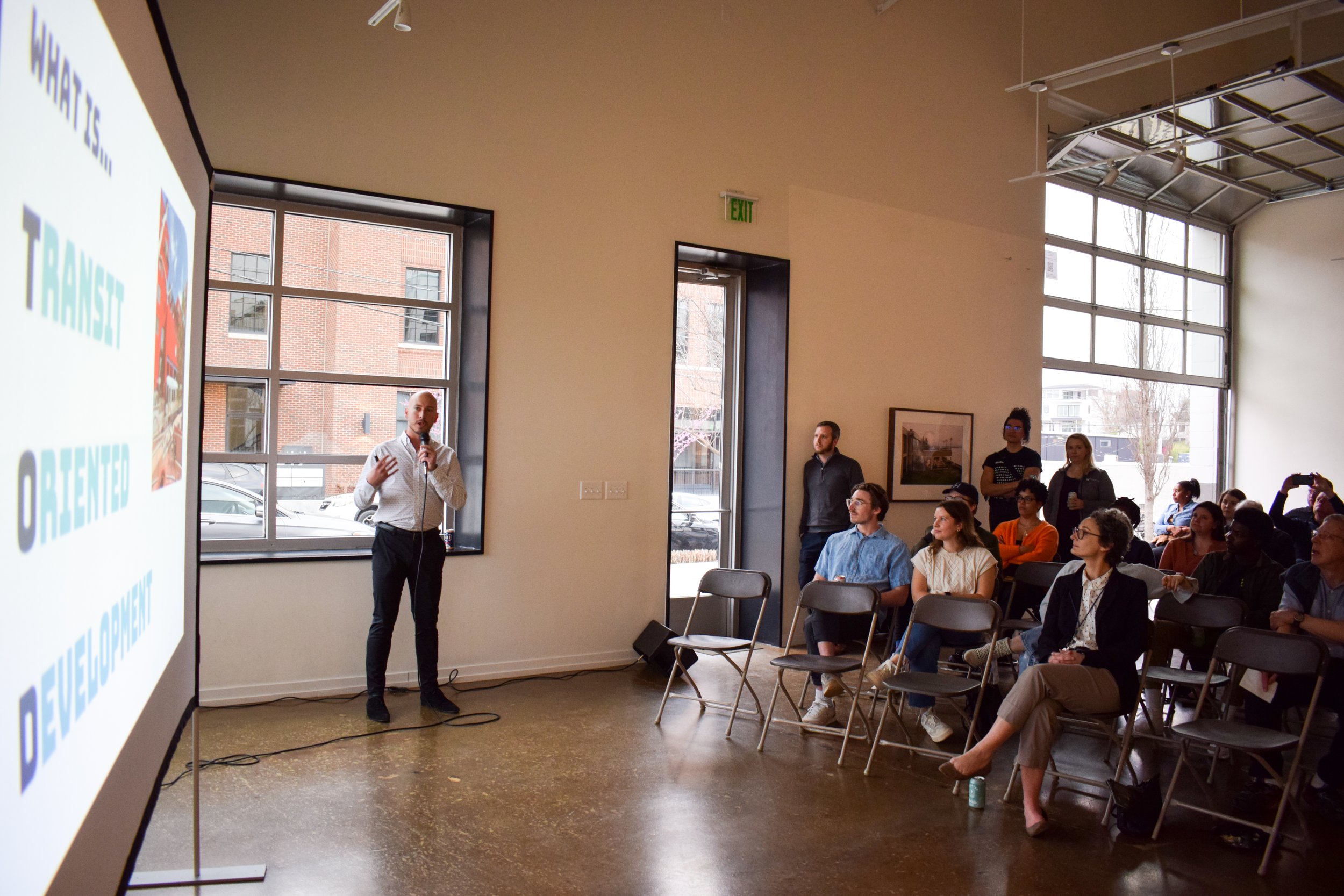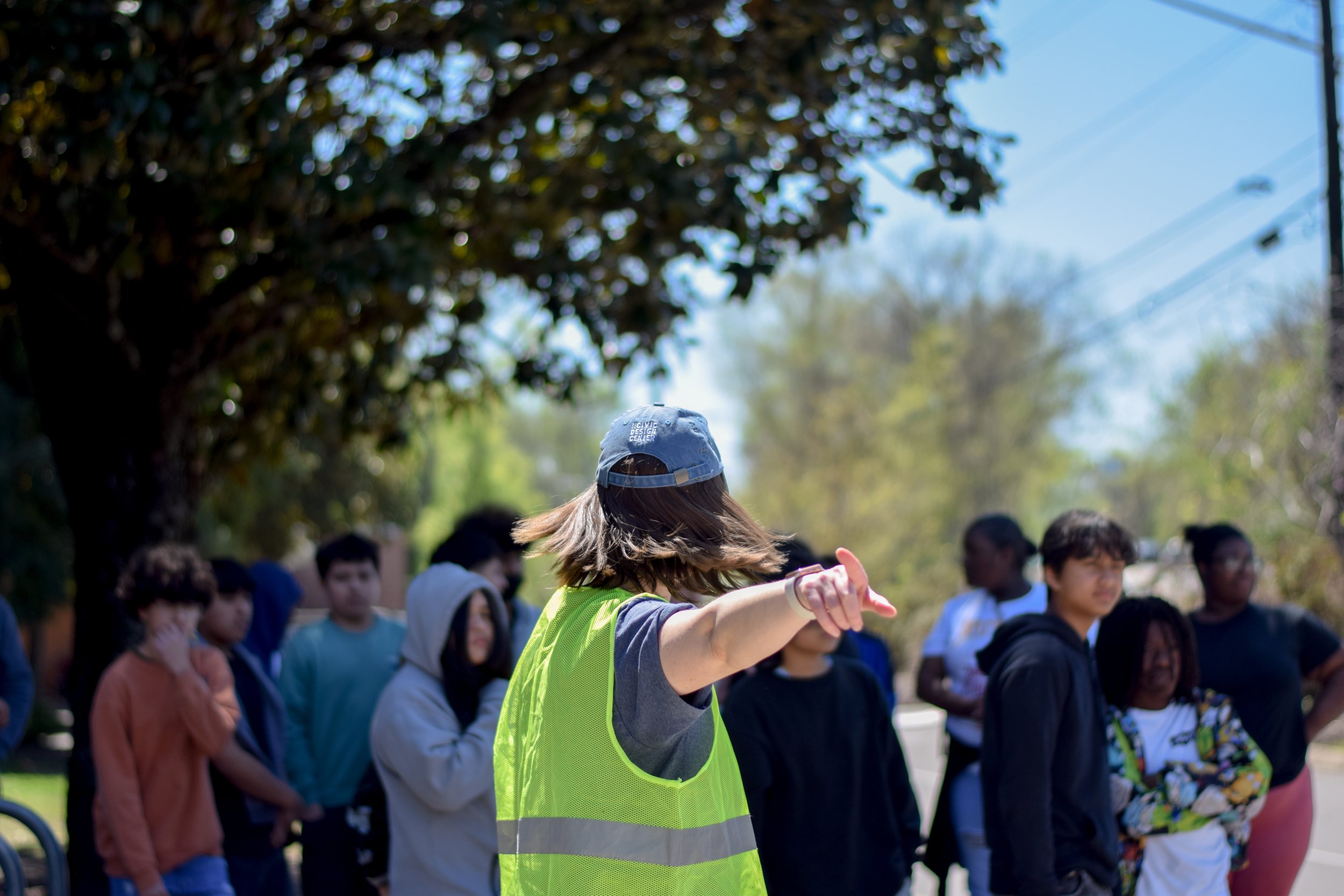
Mission
Our mission is to advocate for civic design visions and actionable change in communities to improve quality of life for all.Nashville and Beyond
For the past 25 years, our nonprofit has worked towards creating a more beautiful and functional Nashville for all. This began with a large-scale community engagement project that culminated in a comprehensive vision for the city. As Nashville grows into a global influence, we aim to work locally so that our community may set an example for design equity around the world.
“The Civic Design Center wants to make sure that the community is not forgotten. They work hand-in-hand with the community to make sure [they] play a vital part in what’s going to be there, its use, and how it is going to serve them.”
Our Values
We commit to being an organization where everyone can see themselves reflected in the work we do. We elevate voices of those who are not usually afforded power and privilege from their identity alone.
Diversity, equity, inclusion, and belonging (DEIB) is critical in responsible civic design. The Civic Design Center is committed to DEIB in all our work, from operational practices to project selection, implementation, and advocacy. We have a responsibility to acknowledge the harm caused by systemic racism in the built environment. We must move forward proactively to remedy harmful practices and ensure thriving communities for all.
Our Approach
-
We host community education events and courses, like Socially Conscious Design 101, PechaKucha Nights, and Urban Design Forums, where attendees can discuss relevant topics and hear from experts across various industries.
We make ourselves available at community events so people can share their perspectives. Using their example, we can help shed light on why the built environment is designed in a certain way or find resources for them to go deeper on their interests.
Our blogs often provide additional information, from defining institutional language or processes to explaining local policies or plans then inspiring ideas into action
-
We value curiosity, diverse lived experiences, and the expertise inherent in each person to know the needs of their own community;
Through active listening, our projects are led by the desires of communities. Moving at the speed of trust allows us to know when to step back or step in;
Training neighbors to become facilitators of institutional design processes, giving credit to their lived experiences, creates an opportunity for neighbors to teach design thinking skills to their communities and influence change.;
Tactical Urbanism partnerships and installations show communities that quick interventions are possible and that they can be impactful no matter how small;
Community Voice Blogs provide a platform for neighbors to speak directly to the public, stating their needs and vision in their own voice.
-
By striving to be innovative, welcoming, and creative, we create a space where imagination can thrive;
By offering support and investment to existing community events and ideas, we can help programs gain capacity to grow;
Offering our time without an agenda allows people to hold space for one another and their ideas. Often, new ideas just need the time and space to develop.
-
Our youth programs allow kids and teens to learn their power to advocate for change while they are young;
Our youth engagement work in schools initiates conversations around their lived experiences in the built environment, often for the first time;
A world designed without children and youth in mind means we are designing a world that leaves out an entire generation with their own opinions and perspectives.
-
Taking time to stop and assess our actions, impact and intent are crucial to start important conversations;
Being aware and critical of internal biases and beliefs allows us to hold space to grow. Learning from lived experiences means correcting mistakes and understanding how to prevent them in the future;
Spending time with people different from each of us isn’t just research, it’s community building. It’s how we can build spaces for facilitation;
Before facilitation, reading historical documents, context documents, and news to shed light on the nuances of the people, history, and culture in the areas where we work is critical for deeper, conversation and understanding;
-
We must always ask, who is not in the room right now? Why not?
Recognizing that zoning and planning are moral acts, not just civic ones, how should we be creating community?
Creating venues for people to gather means thinking about whose voices can be heard, we must work to amplify those voices that may not be as loud;
We must work to get people often overlooked in the room, or actively seen by those with ‘decision-making’ power.












